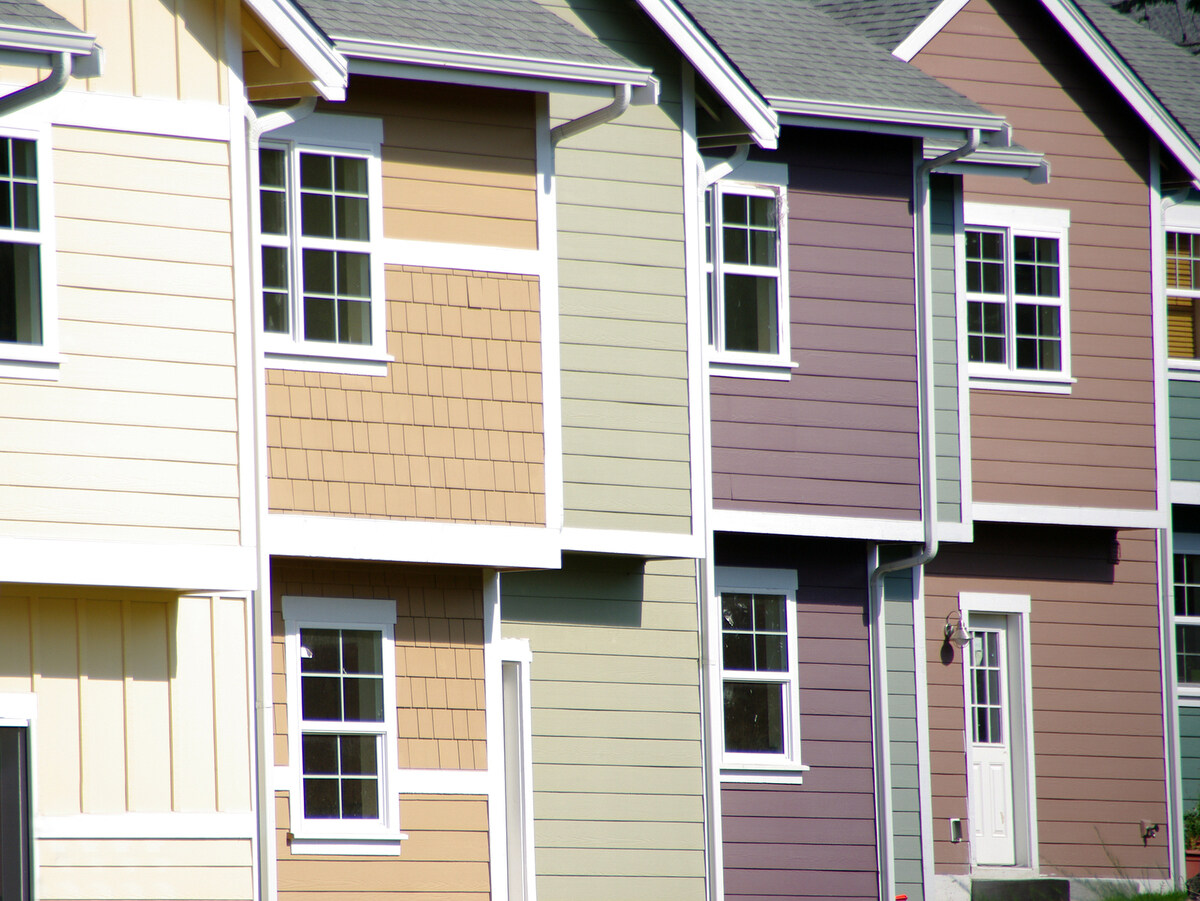

Articles
What Type Of Siding Lasts The Longest
Modified: January 8, 2024
Discover the type of siding that boasts the longest lifespan with our expert articles. Find out which materials are known for their durability and longevity.
(Many of the links in this article redirect to a specific reviewed product. Your purchase of these products through affiliate links helps to generate commission for Storables.com, at no extra cost. Learn more)
Introduction
When it comes to choosing the right siding for your home, longevity is a crucial factor to consider. After all, you want a siding material that will withstand the test of time and protect your home for years to come. With the wide array of siding options available, it can be overwhelming to determine which type will last the longest.
Factors such as climate, maintenance, and installation can all influence the lifespan of siding. Some materials may require more upkeep or may be more prone to damage in certain conditions. This article will delve into the various factors that affect siding longevity and provide a comparison of different types of siding to help you make an informed decision.
Whether you’re a homeowner, a contractor, or an enthusiast looking to dive into the world of siding, this article will shed light on the durability and longevity of common siding materials. Sit back, relax, and let’s explore which type of siding lasts the longest.
Key Takeaways:
- Fiber cement siding offers exceptional durability, lasting 30-50 years or more, making it one of the longest-lasting options. Its resistance to fire, insects, and rot makes it a popular choice for homeowners seeking longevity.
- Stucco siding, with proper installation and maintenance, can last up to 50 years or more. Its versatility and ability to withstand diverse climates make it a durable and long-lasting option for homeowners.
Read more: What Type Of Shed Lasts The Longest
Factors That Affect Siding Longevity
Before we delve into the specific types of siding and their longevity, it’s important to understand the key factors that can influence how long your siding will last.
1. Climate: The climate in which you reside plays a significant role in the longevity of your siding. Extreme temperatures, humidity, and exposure to harsh weather conditions can all impact the lifespan of siding materials. For example, constant exposure to heavy rainfall and high humidity can cause wood siding to rot, while intense sunlight and heat can fade and degrade vinyl siding.
2. Maintenance: Proper maintenance and regular upkeep are essential for extending the lifespan of any siding material. Regular cleaning, inspections, and addressing repairs promptly can prevent issues from escalating and ensure the durability of the siding. Neglecting maintenance can lead to water damage, mold growth, and deterioration.
3. Installation: The quality of the installation process can greatly affect how long your siding will last. Improper installation can result in gaps, loose panels, or insufficient insulation, leading to water infiltration, energy loss, and premature wear and tear.
4. Quality of Materials: Not all siding materials are created equal. The quality of the materials used can significantly impact longevity. Opting for high-quality, durable siding materials will provide better resistance to weather, UV rays, and everyday wear and tear.
5. Level of Protection: The effectiveness of the siding in protecting your home from external elements also affects its longevity. Siding that provides superior resistance to moisture, pests, and extreme weather conditions will naturally have a longer lifespan.
By considering these key factors, you can better assess which type of siding will be the most suitable for your home and ensure its longevity. Now, let’s take a closer look at some of the most popular siding options available and how they measure up when it comes to longevity.
Comparison of Different Types of Siding
There are several types of siding materials available in the market, each with its own unique characteristics and lifespan. Let’s compare some of the most popular siding options:
- Vinyl Siding: Vinyl siding is a popular choice due to its affordability and low maintenance. It is resistant to rot, insects, and fading from UV exposure. On average, vinyl siding can last between 20 to 40 years, depending on the quality of the material and proper maintenance.
- Fiber Cement Siding: Fiber cement siding is known for its durability and resistance to fire, insects, and rot. This type of siding can have an impressive lifespan of 30 to 50 years or more, making it one of the longest-lasting options available.
- Wood Siding: Wood siding adds a natural and timeless beauty to any home. However, it requires regular maintenance to prevent rot, warping, and insect damage. With proper care, wood siding can last between 20 to 40 years.
- Metal Siding: Metal siding, such as aluminum or steel, is highly resistant to weather, fire, and insects. It is a durable option that can last anywhere from 30 to 50 years or more with proper maintenance.
- Stucco Siding: Stucco siding is known for its longevity and ability to withstand various climates. With proper installation and maintenance, stucco siding can last up to 50 years or more.
It’s important to note that these lifespan ranges are approximate and can vary depending on various factors, including climate, maintenance, and quality of installation.
When choosing siding for your home, consider your specific needs, budget, and the level of maintenance you’re willing to undertake. Consulting with a professional can also help you determine which type of siding is best suited for your home’s longevity requirements.
Now that we’ve compared the different siding options, let’s take a closer look at each type and their individual longevity factors.
Vinyl Siding: The Longevity Factor
Vinyl siding is a popular choice among homeowners due to its affordability, versatility, and low maintenance requirements. It is made from polyvinyl chloride (PVC) resin, which is highly durable and resistant to rot, insects, and fading from UV exposure. When it comes to longevity, there are several factors to consider.
Quality of the Vinyl: The quality of the vinyl used in the siding greatly impacts its lifespan. Higher-quality vinyl siding typically contains more pigment and UV inhibitors, making it more resistant to fading and warping over time. Choosing thicker vinyl panels and profiles can also improve the durability and overall lifespan of the siding.
Installation: Proper installation is crucial to ensure the longevity of vinyl siding. It should be installed according to the manufacturer’s guidelines, including proper insulation and sufficient expansion and contraction space. Incorrect installation can lead to cracks, water infiltration, and reduced overall performance.
Maintenance: While vinyl siding is relatively low maintenance, some care is still required to keep it in optimal condition. Regular cleaning with a mild detergent and water, along with occasional inspections for any damage or loose panels, can help extend the lifespan of vinyl siding. Additionally, avoiding prolonged exposure to extreme heat sources, such as grills or direct sunlight reflection, can prevent warping or melting.
Climate: Vinyl siding is suitable for a wide range of climates, but extreme or fluctuating temperatures can affect its longevity. In regions with intense heat, vinyl siding may expand and contract more, potentially reducing its lifespan. Similarly, extreme cold can make vinyl more brittle and susceptible to cracking. Choosing vinyl siding with a higher temperature tolerance can help mitigate these effects.
On average, vinyl siding can last between 20 to 40 years, depending on the quality of the material and proper maintenance. By selecting high-quality vinyl, ensuring proper installation, and performing regular upkeep, homeowners can maximize the lifespan of their vinyl siding.
Now that we’ve explored the longevity factors of vinyl siding, let’s move on to another popular siding material: fiber cement.
Fiber Cement Siding: The Longevity Factor
Fiber cement siding is known for its exceptional durability and longevity. Made from a mixture of cement, sand, and cellulose fibers, this type of siding offers excellent resistance to fire, insects, rot, and harsh weather conditions. When considering the longevity of fiber cement siding, several factors come into play.
Quality of the Material: The quality of the fiber cement material used in the siding greatly impacts its lifespan. Higher-quality fiber cement siding usually contains a higher percentage of cement, which enhances its strength and durability. Opting for thicker, denser fiber cement panels can also provide additional protection and extend the lifespan of the siding.
Installation: Proper installation is vital for ensuring the longevity of fiber cement siding. It should be installed according to the manufacturer’s guidelines, including proper handling, nailing, and sealing techniques. Careful attention should be given to flashing, caulking, and ensuring adequate ventilation to prevent moisture buildup, which can lead to premature deterioration.
Maintenance: While fiber cement siding is relatively low maintenance compared to other materials, regular upkeep is still necessary to maximize its lifespan. Periodic inspections and cleaning to remove dirt, debris, and mold growth are crucial. Additionally, promptly repairing any cracks or chips and repainting the siding when necessary will help protect it from moisture and maintain its longevity.
Climate: Fiber cement siding is highly resistant to various weather conditions, including extreme temperatures, moisture, and UV exposure. It performs exceptionally well in both hot and cold climates, making it suitable for a wide range of environments. Its resistance to moisture and warping makes it particularly ideal for areas with high humidity or frequent rainfall.
When properly installed and maintained, fiber cement siding can have an impressive lifespan of 30 to 50 years or more. Its durability and resistance to common issues such as rot and insect damage make it a popular choice for homeowners seeking a long-lasting siding solution.
With the longevity of fiber cement siding covered, let’s move on to another popular option: wood siding.
Fiber cement siding is known to last the longest, with a lifespan of 50+ years. It is durable, low-maintenance, and resistant to rot, fire, and pests.
Read more: What Type Of Fence Lasts The Longest
Wood Siding: The Longevity Factor
Wood siding has a timeless appeal and adds natural warmth and beauty to any home. However, when it comes to longevity, there are some important factors to consider.
Type of Wood: The type of wood used for siding can greatly impact its lifespan. Some wood species, such as cedar or redwood, are naturally more resistant to rot, decay, and insect infestation. These types of wood are often chosen for their durability and can last longer than other wood options.
Quality of Wood: The quality of the wood itself plays a significant role in the longevity of wood siding. Choosing high-quality, well-maintained wood that is free from knots, cracks, and damage will help ensure that the siding lasts longer. Properly treating and sealing the wood can also protect it from moisture and extend its lifespan.
Maintenance: Wood siding requires regular maintenance to keep it in good condition and prolong its lifespan. This includes painting or staining the wood to protect it from moisture, UV rays, and the effects of the elements. Routine inspections should be carried out to identify and address any issues such as rot, insect damage, or loose boards, which can lead to further deterioration if left unattended.
Climate: The climate in which your home is located can have a significant impact on the lifespan of wood siding. Constant exposure to moisture, high humidity, or extreme temperature fluctuations can accelerate the deterioration of wood siding. In regions with these conditions, more frequent maintenance and inspections may be required to preserve the integrity and longevity of the siding.
With proper care and maintenance, wood siding can typically last between 20 to 40 years. Regular inspections, prompt repairs, and protective treatments can help minimize the effects of moisture, insects, and the elements, keeping wood siding in good condition for many years.
Now that we’ve covered the longevity factors of wood siding, let’s move on to another popular option: metal siding.
Metal Siding: The Longevity Factor
Metal siding, such as aluminum or steel, is a durable and long-lasting option for homeowners. It offers excellent resistance to fire, insects, rot, and moisture. Here are some key factors that contribute to the longevity of metal siding:
Material Thickness: The thickness of the metal used for siding can impact its durability and lifespan. Thicker gauges of metal are generally more resistant to dents, bending, and corrosion, providing a longer-lasting siding solution. It’s important to choose a thickness appropriate for your specific needs and the climatic conditions of your area.
Finish Quality: The quality of the finish applied to metal siding can affect its durability and resistance to corrosion. Opting for high-quality coatings and finishes that provide superior protection against UV rays, moisture, and fading can extend the lifespan of the siding. Regular cleaning and maintenance can also help preserve the finish over time.
Maintenance: Metal siding is relatively low maintenance compared to other materials. However, some basic care is still necessary to ensure its longevity. Regular cleaning to remove dirt, debris, and any corrosive substances is important. Inspecting the siding for any signs of damage or loose panels and addressing them promptly can prevent further issues and maintain the integrity of the siding.
Climate: Metal siding is highly resistant to a wide range of weather conditions, including heavy rain, snow, and high winds. It can withstand extreme temperatures without warping, cracking, or fading. This makes metal siding suitable for both hot and cold climates, and it can maintain its longevity even in harsh environments.
With proper installation and maintenance, metal siding can have a lifespan of 30 to 50 years or more. Its resistance to various elements, versatility, and durability make it a popular choice for homeowners seeking long-lasting protection for their homes.
Now that we’ve explored the longevity factors of metal siding, let’s continue to the final siding material on our list: stucco siding.
Stucco Siding: The Longevity Factor
Stucco siding is a popular choice for its durability, versatility, and ability to withstand varying weather conditions. Composed of cement, sand, lime, and water, stucco siding offers excellent resistance to fire, pests, and damage from the elements. Let’s explore some factors that contribute to the longevity of stucco siding:
Proper Installation: Proper installation is crucial for stucco siding to ensure its longevity. It requires skilled craftsmanship and attention to detail. A proper base, known as a lath, should be installed before the stucco is applied to provide structural support and prevent cracks. The correct mixture and application technique are essential for optimal adhesion and long-lasting performance.
Climate: Stucco siding is incredibly versatile and can withstand diverse climates. It is particularly well-suited for warm and dry regions but can also perform well in areas with more moisture or colder temperatures. Stucco’s ability to regulate moisture and adapt to different weather conditions contributes to its longevity.
Maintenance: While stucco siding is relatively low maintenance, regular care is still necessary to preserve its longevity. A simple routine of cleaning and inspecting the siding for any cracks, chips, or damage is recommended. Promptly repairing any issues and periodically applying a fresh coat of paint or sealant can help protect the stucco and extend its lifespan.
Quality of Materials: The quality of materials used in the stucco mixture can impact its durability and longevity. Using high-quality cement, sand, lime, and water along with proper mixing ratios will ensure a strong and long-lasting stucco surface. Adding reinforcing fibers or mesh can also enhance the stucco’s resistance to cracking and increase its lifespan.
With proper installation and regular maintenance, stucco siding can have an impressive lifespan of up to 50 years or more. Its durability, versatility, and ability to withstand various climates make it a popular choice for homeowners looking for a long-lasting siding option.
Now that we’ve covered the longevity factors of different types of siding, you have a better understanding of which option might be the most suitable for your home’s needs. Consider your climate, the level of maintenance you’re willing to undertake, and the overall look you desire when making your decision. Consulting with professionals can also provide valuable insights and guidance to help you choose the best siding option for your home’s longevity.
Remember, investing in quality materials, proper installation, and regular maintenance will ensure that your chosen siding material lasts for many years, protecting your home and providing peace of mind.
Conclusion
Choosing the right siding for your home is a crucial decision that involves considering various factors, including longevity. Understanding the factors that affect siding longevity and comparing different types of siding materials allows you to make an informed choice that will protect your home for years to come.
Climate, maintenance, installation quality, material quality, and level of protection are all crucial factors that impact the lifespan of siding materials. Vinyl siding offers affordability and low maintenance, with an average lifespan of 20 to 40 years. Fiber cement siding provides exceptional durability and can last between 30 to 50 years or more. Wood siding adds natural beauty but requires regular maintenance and can last up to 20 to 40 years. Metal siding, such as aluminum or steel, offers durability and resistance, lasting between 30 to 50 years. Stucco siding is highly versatile and can withstand varying climates, lasting up to 50 years or more.
Proper installation, maintenance, and selecting high-quality materials are vital for maximizing the lifespan of your chosen siding. Regular inspections, cleaning, and addressing any issues promptly will help preserve its integrity. It’s also essential to consider the specific climate in which your home is located, as different materials may perform better in certain conditions.
In conclusion, there is no one-size-fits-all answer to the question of which siding material lasts the longest. Each type of siding has its own unique characteristics and factors influencing its longevity. By considering your specific needs, budget, and maintenance capabilities, you can choose the siding material that best suits your home’s longevity requirements.
Remember, investing in a high-quality siding material, following proper installation practices, and maintaining it regularly will ensure that your siding not only lasts the longest but also provides protection and enhances the overall aesthetic appeal of your home.
Frequently Asked Questions about What Type Of Siding Lasts The Longest
Was this page helpful?
At Storables.com, we guarantee accurate and reliable information. Our content, validated by Expert Board Contributors, is crafted following stringent Editorial Policies. We're committed to providing you with well-researched, expert-backed insights for all your informational needs.
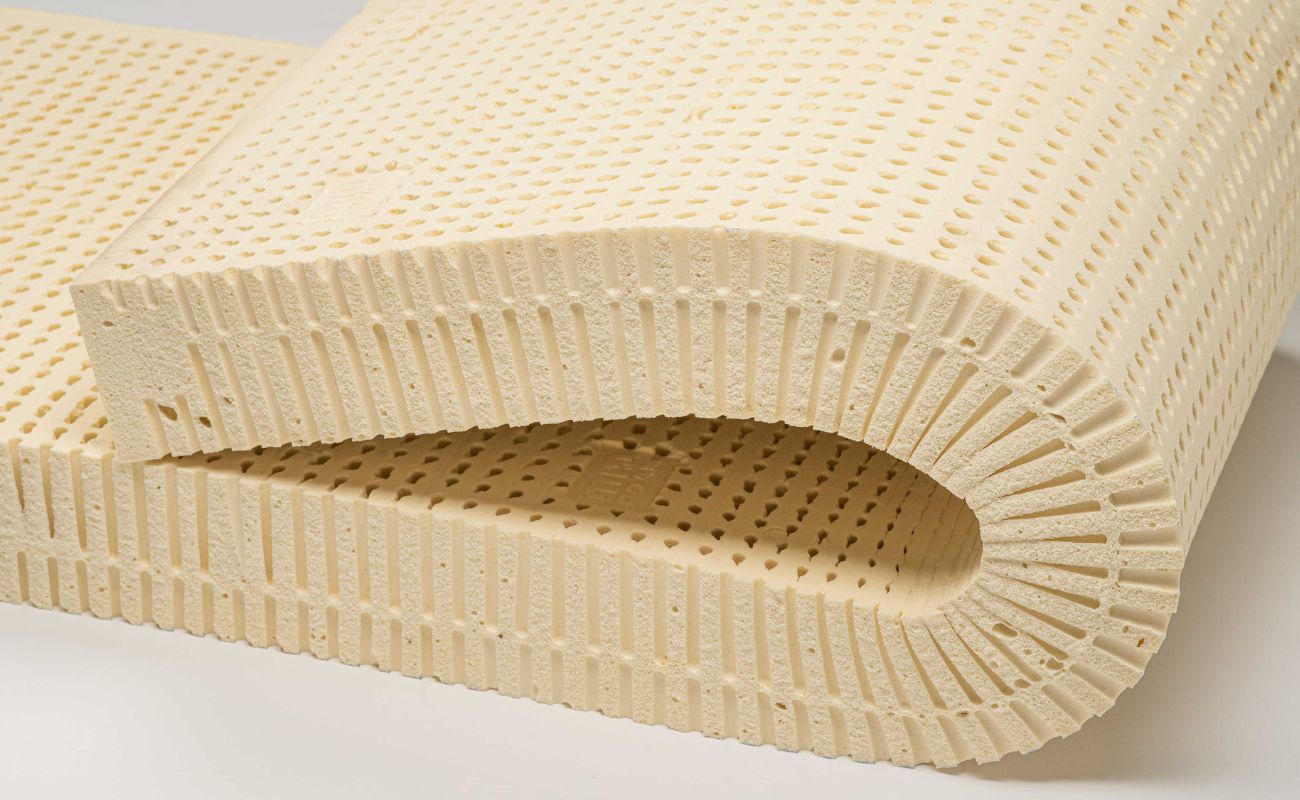
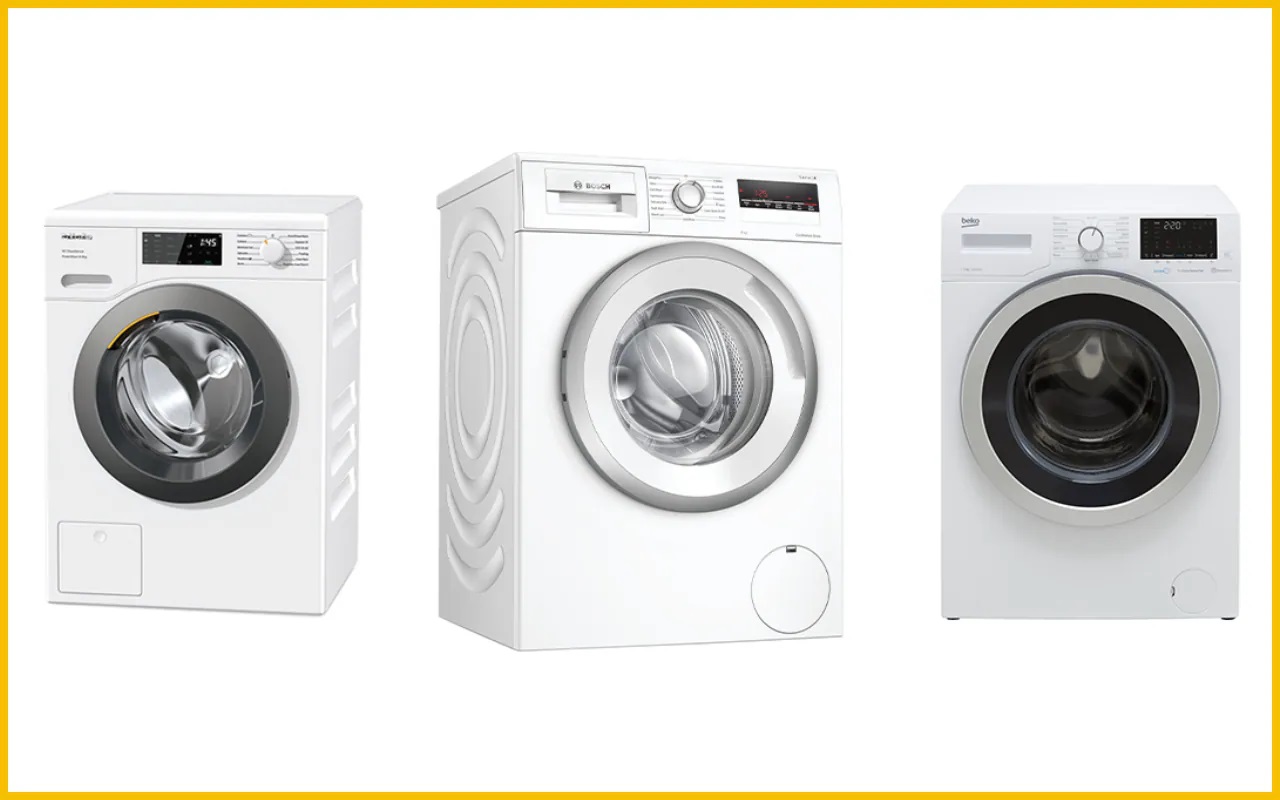
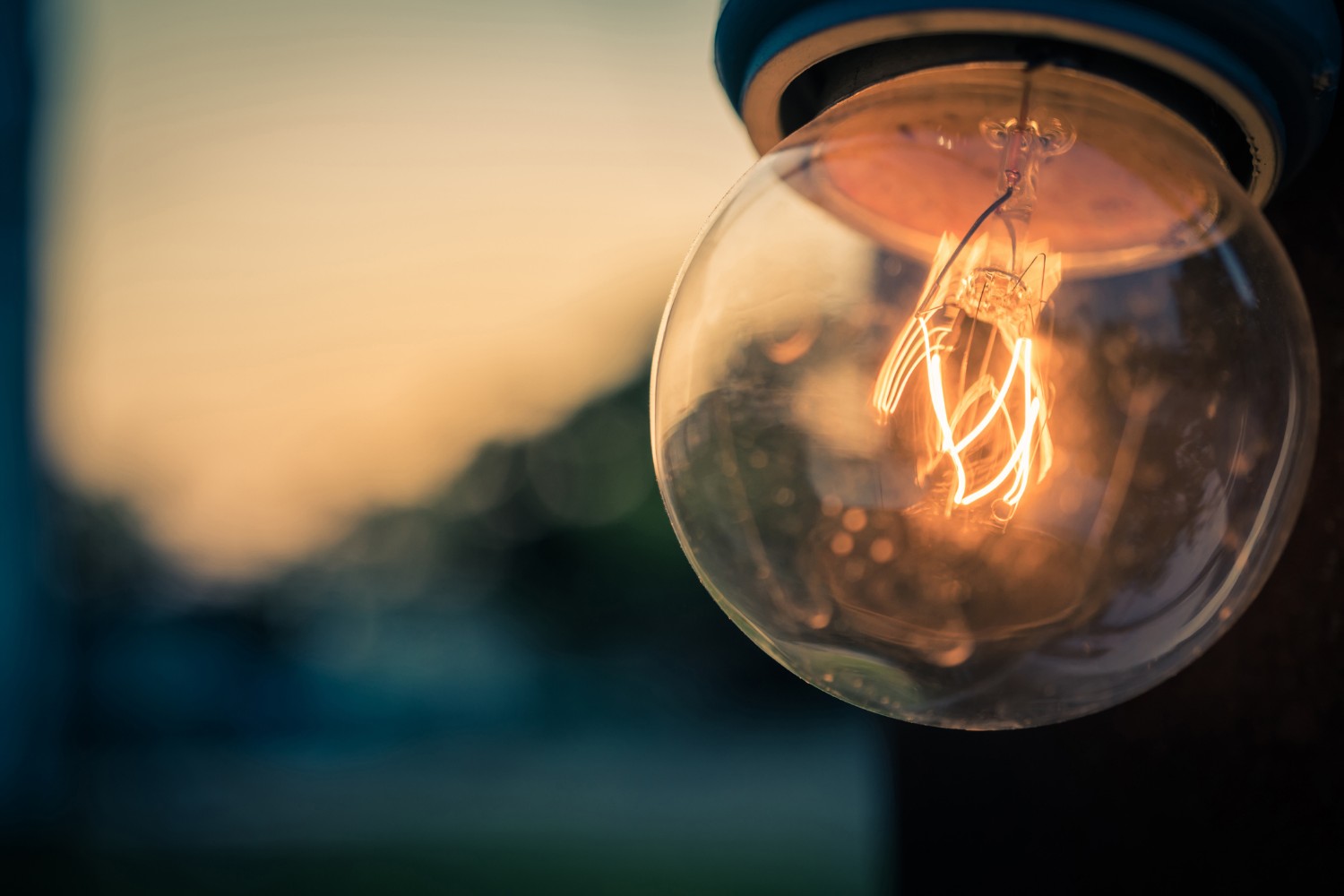
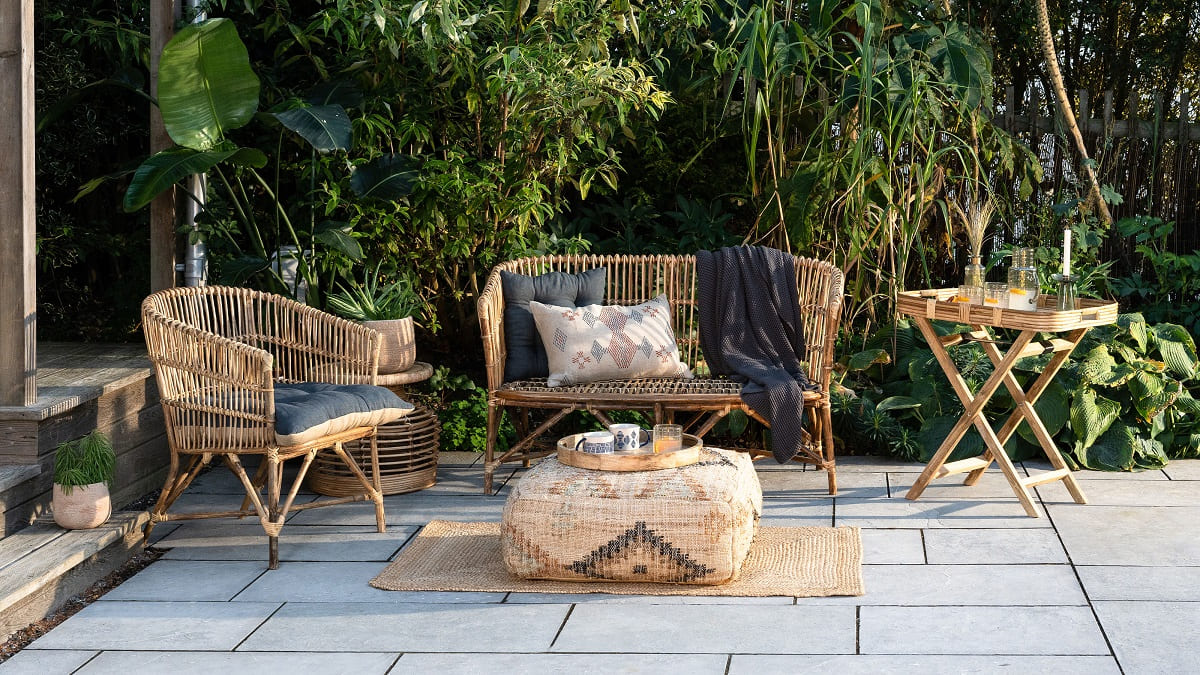
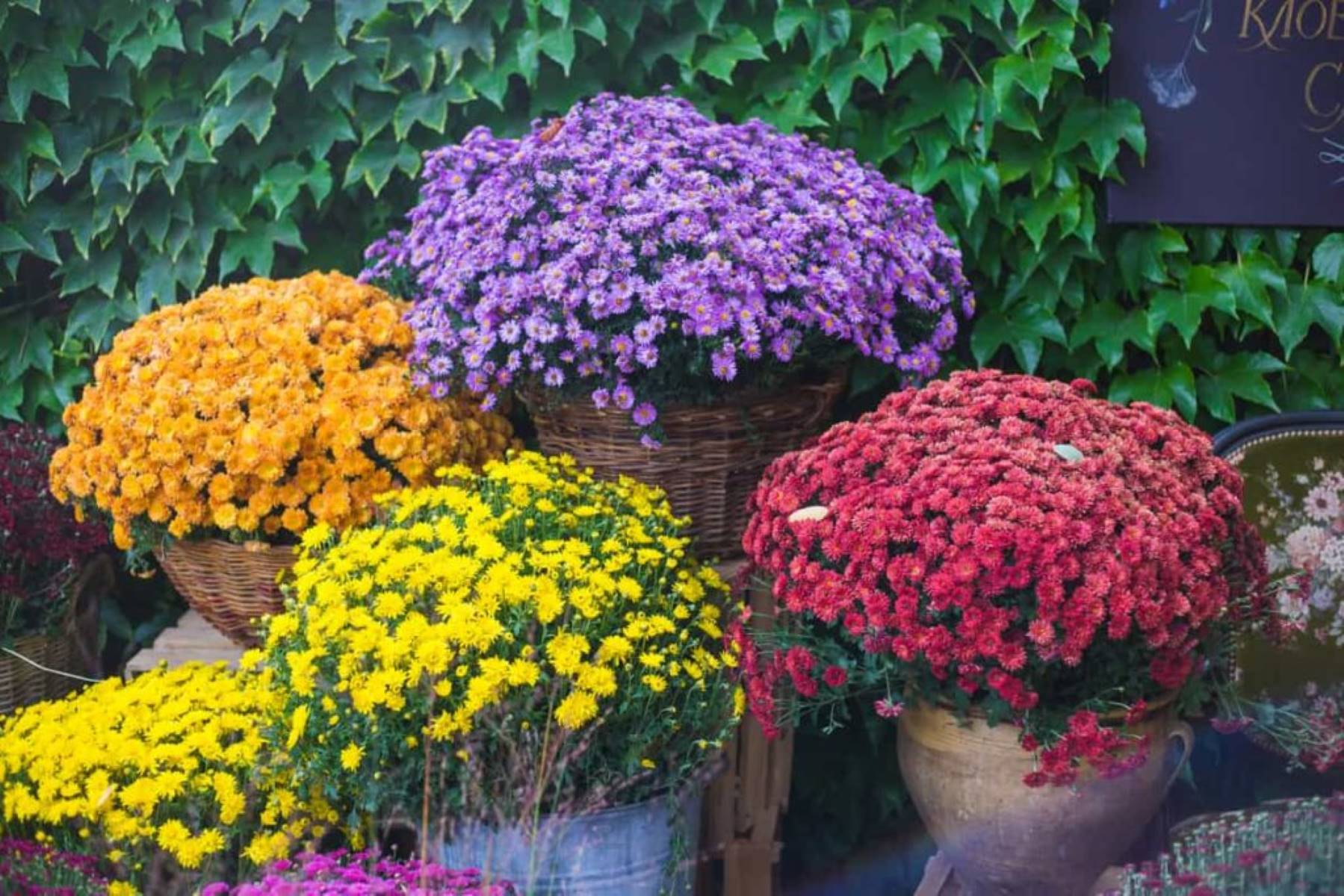
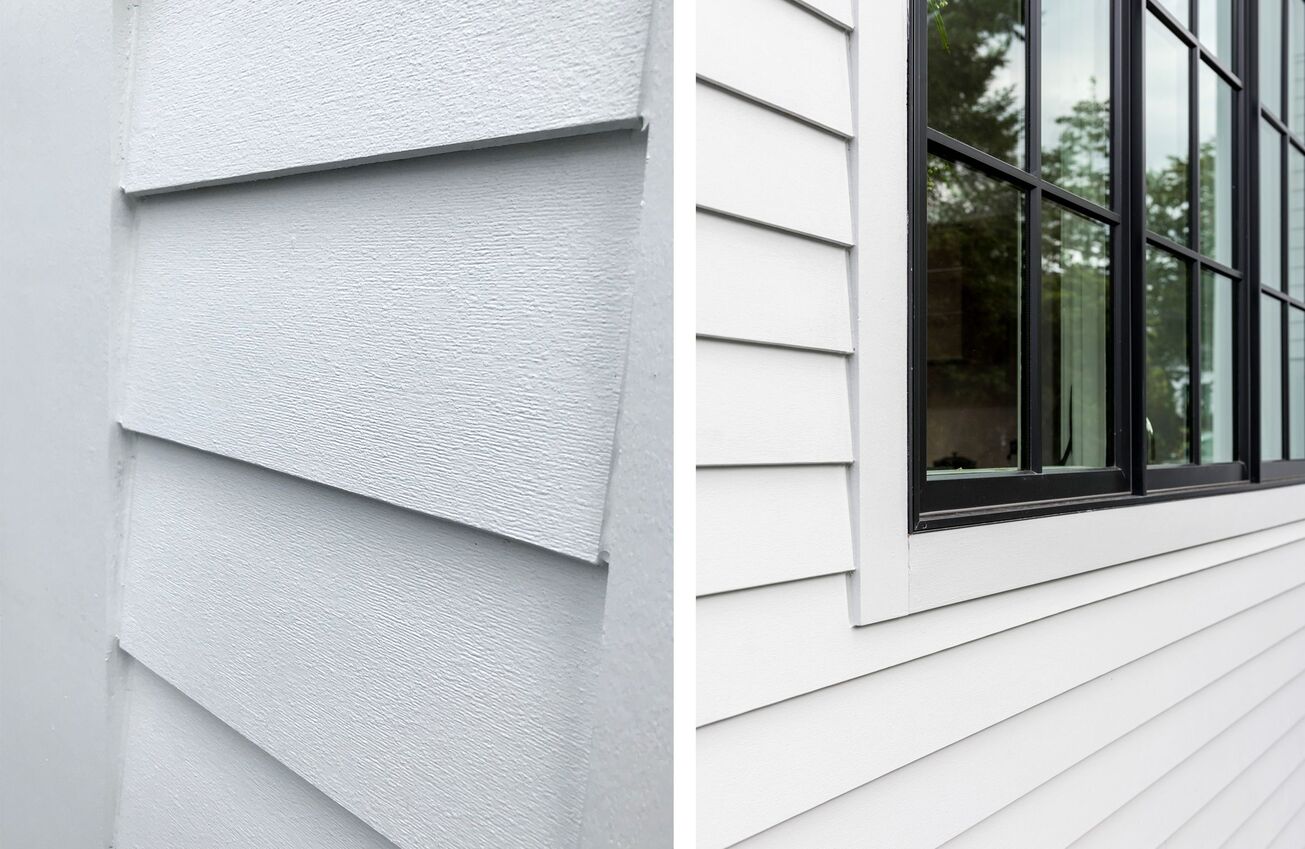
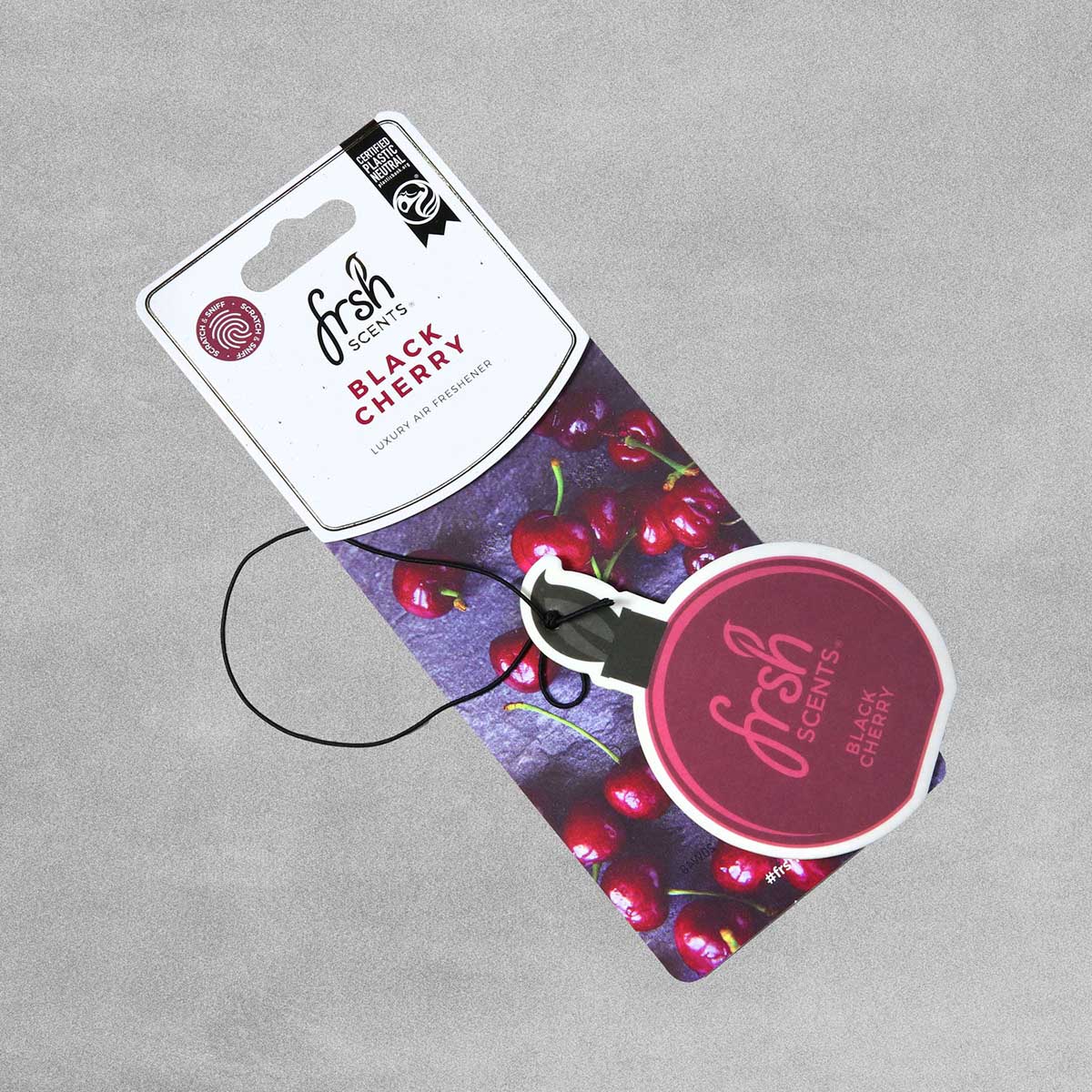
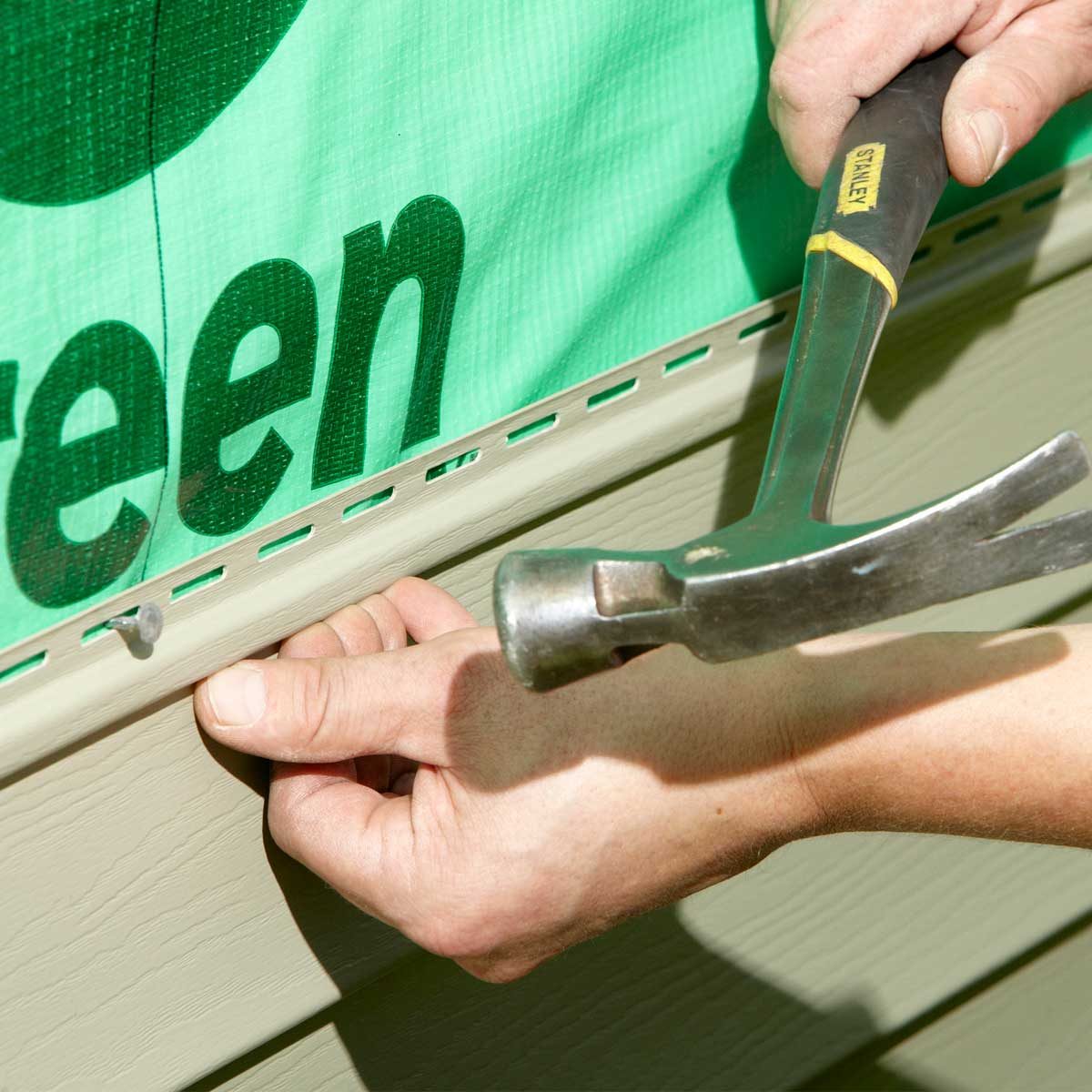
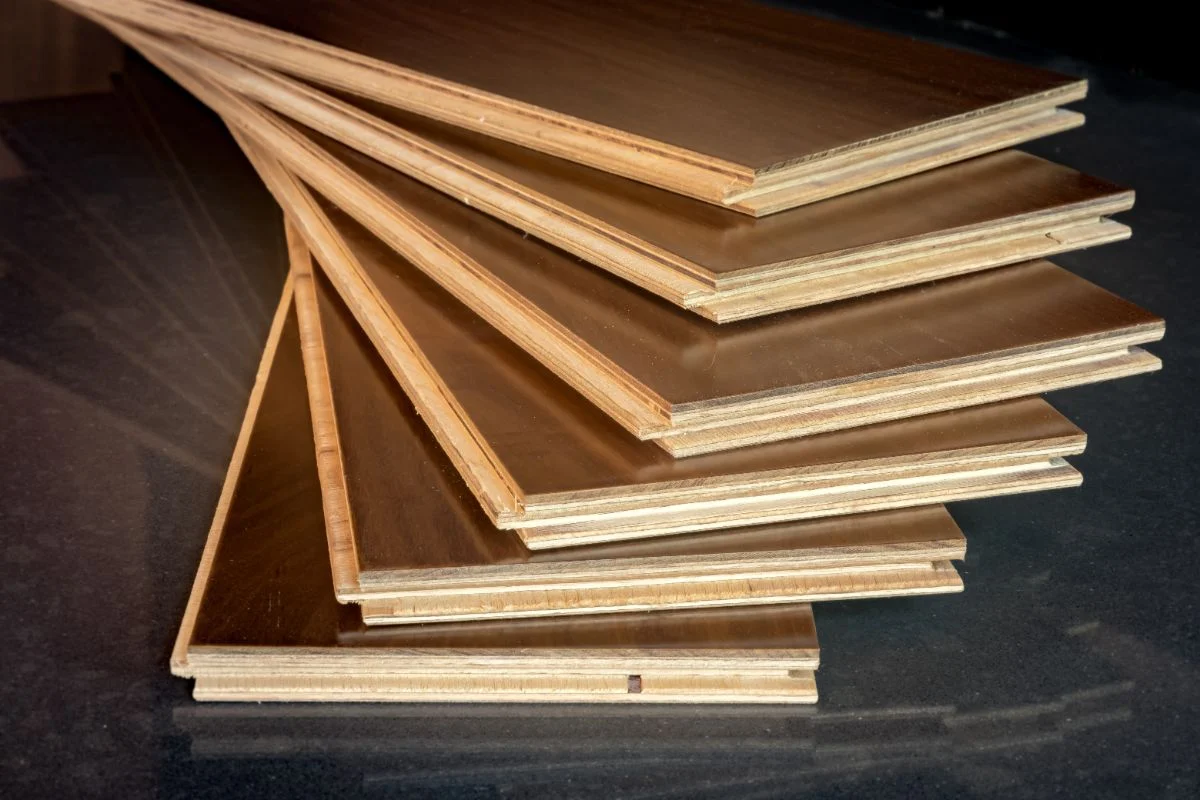
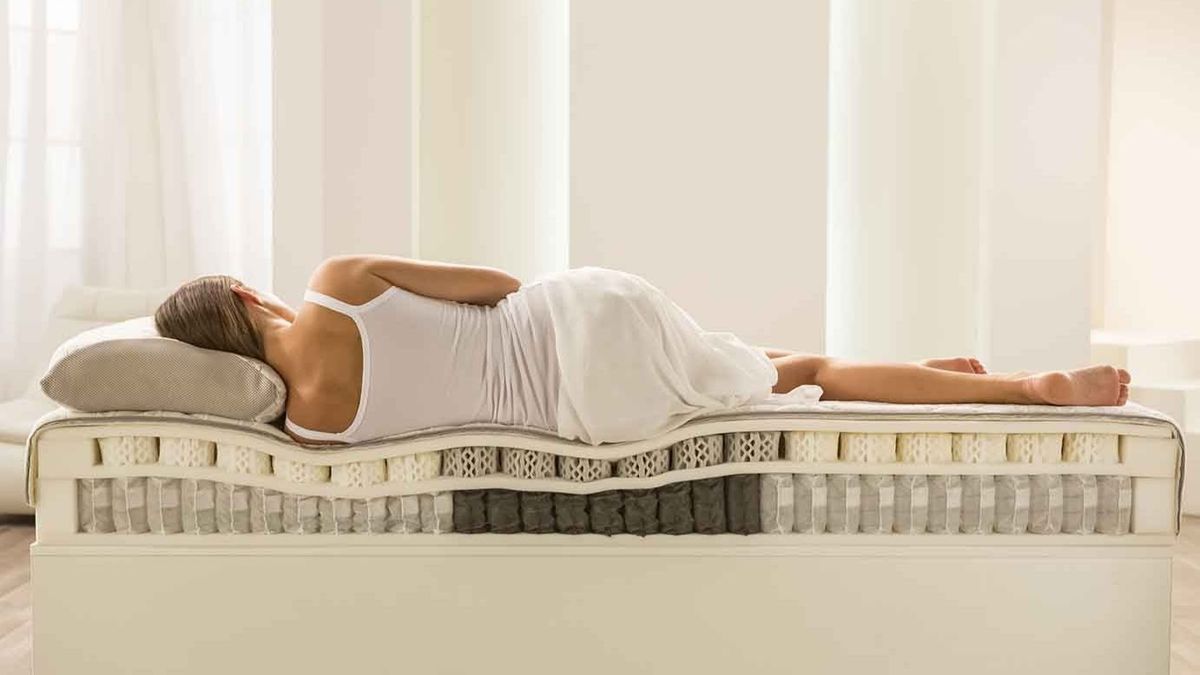
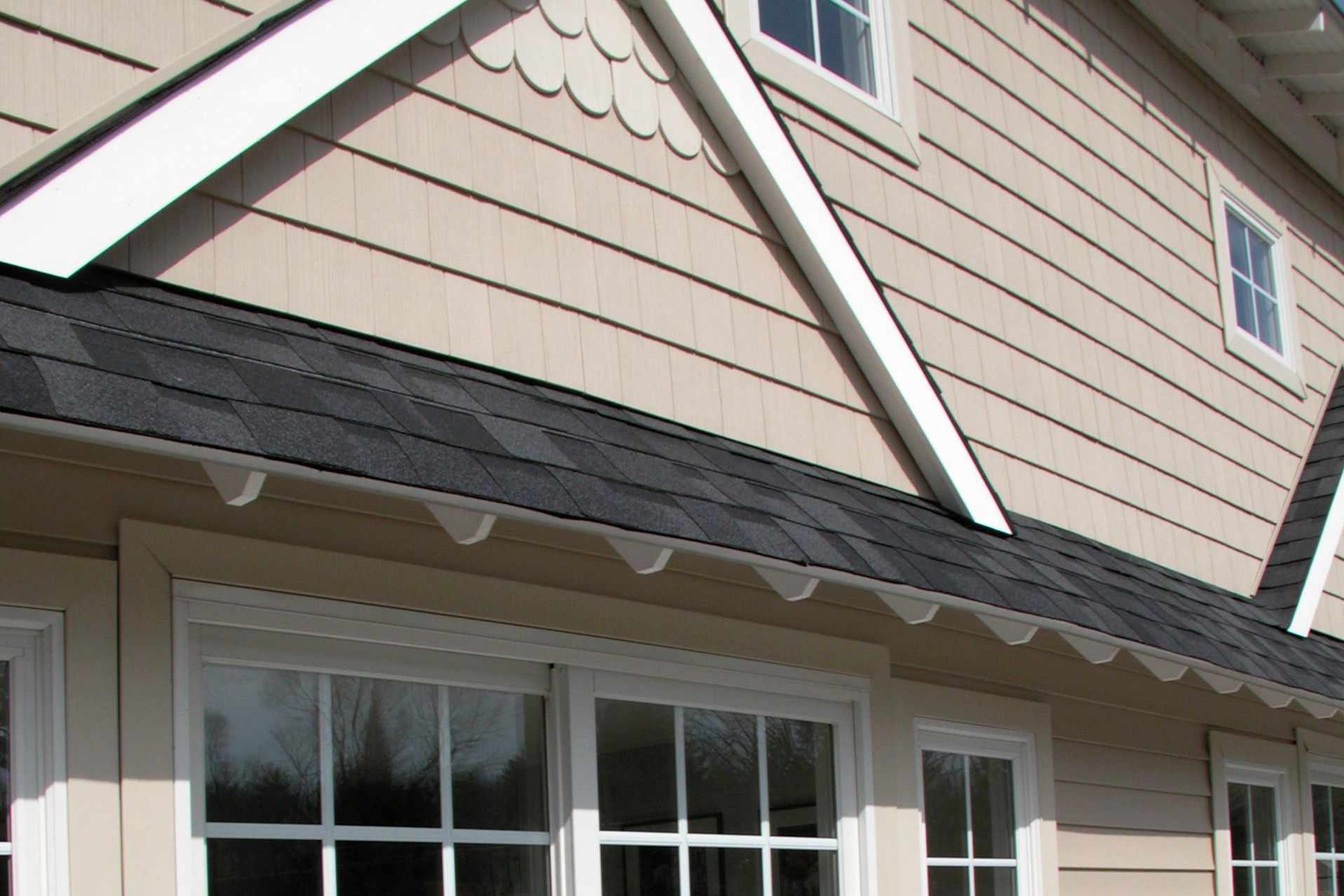
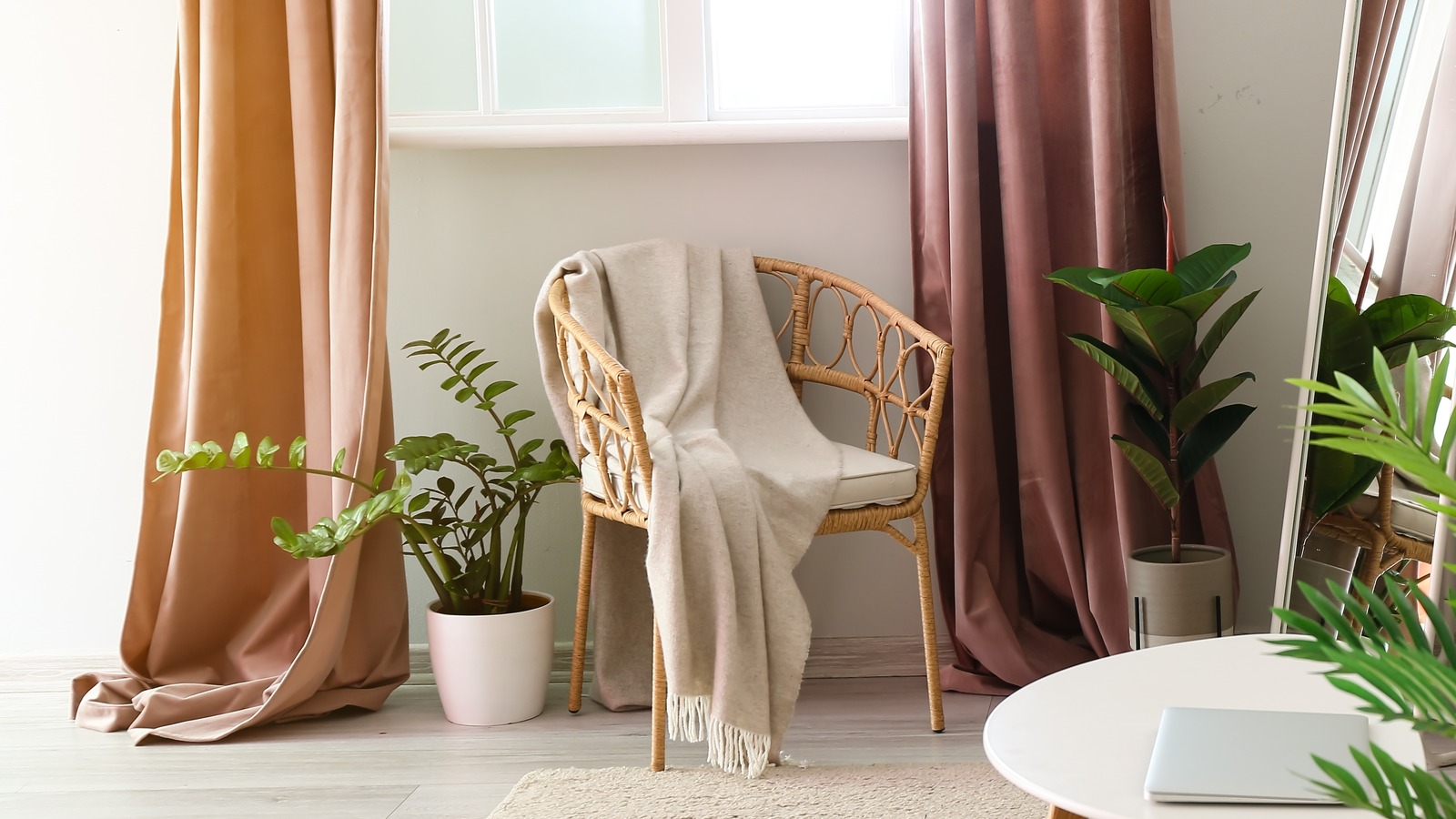
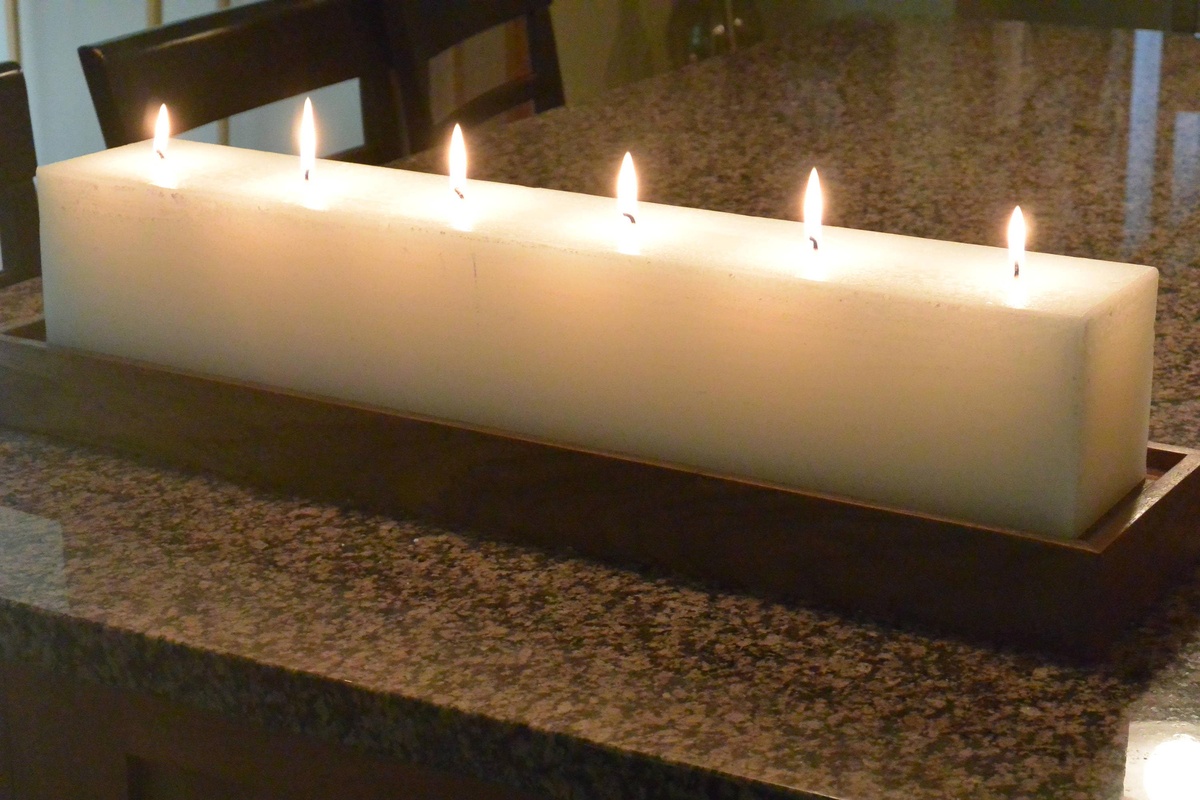
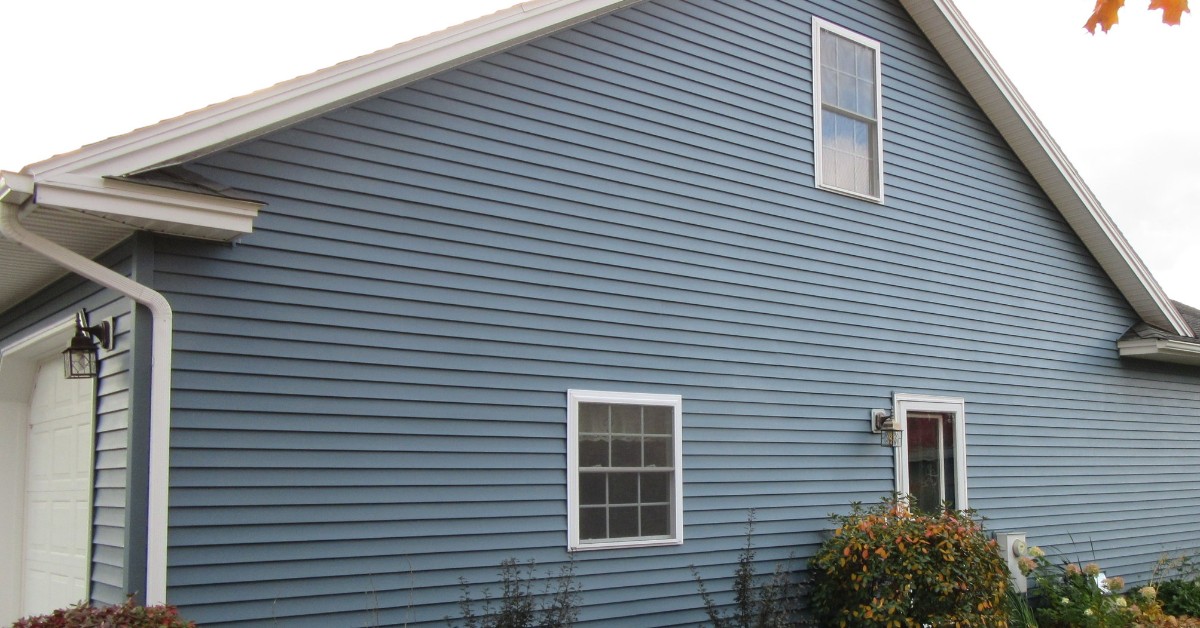

0 thoughts on “What Type Of Siding Lasts The Longest”